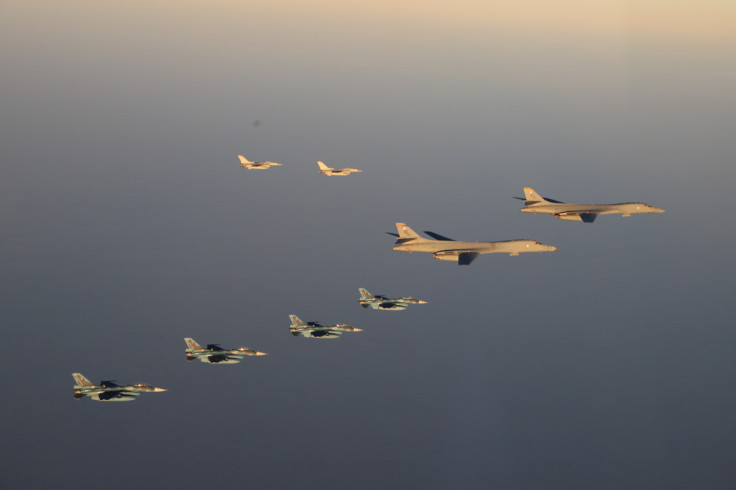Japan Developing Cruise Missile With Interchangeable Payloads To Protect Islands From Chinese Naval Attack
KEY POINTS
- Development of a cruise missile with interchangeable warheads is extremely rare
- Tokyo recently unveiled its new defense and security policy
- Japan is also looking to develop multiple long-range hypersonic missiles
Amid growing fears of a Chinese naval attack on its islands, Japan has set in motion plans to develop a cruise missile with interchangeable warheads to carry out reconnaissance missions and radar jamming in addition to conventional strike use.
While research on the rocket engine and some other parts has been underway since 2018, the production of a prototype is expected to begin in the fiscal year beginning April, Japanese newspaper Yomiuri reported Tuesday. The aim is to put the missiles into actual use at the earliest.
The development of a cruise missile with interchangeable warheads is extremely rare globally, the report said, citing an unnamed senior defense official in Japan.
The proposed missile will have a range of over 1,000 km (approx. 621 miles) and will be launched from highly mobile launchpads. Launching the missiles at different times will enable higher accuracy of strikes on enemy ships and other targets, offering better deterrence capabilities.
Elaborating further on the sequence of launch, the report added that a missile with a reconnaissance warhead mounted with a high-performance camera will be launched first to determine the precise location of the enemy asset. Following this, a missile with the jamming warhead will be launched second. The jamming warhead will emit electromagnetic waves that will impair enemy radar and other sensors.
The two missiles will be followed by the launch of the conventional warhead to strike the intended target.
The new missile system is specifically intended to target enemy warships trying to invade Japan's island areas, including the Nansei Islands. In December 2022, China reportedly conducted naval strike drills, simulating missile launches targeting islands in the Nansei chain.
Driven by China's growing military muscle, North Korea's nuclear and missile threats, and Russia's war in Ukraine, Japan last month unveiled its new defense and security policy in shedding its postwar self-defense posturing.
The new policy identified the possibility of a missile attack against Japan as a "real threat," while underlying that the capability to carry out a counterstrike is "key" to deter aggression from China and North Korea who have "dramatically improved" their own weapons capabilities.
In line with its new security policy, Japan also hiked its defense spending by more than a quarter to 6.82 trillion yen ($51.4 billion) in 2023.
Apart from its plans to procure new and upgrade the range of its existing missiles, Japan is also looking to develop multiple long-range hypersonic missiles with a range of up to 3,000 kilometers. It aims to deploy these missiles by 2030.

© Copyright IBTimes 2024. All rights reserved.





















